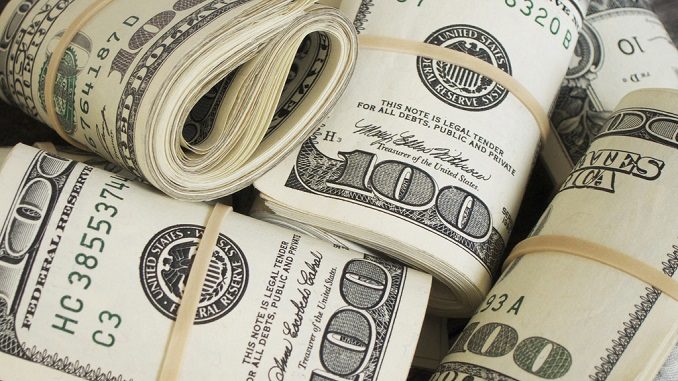
The dollar fell against major peers on Tuesday as China raised its official yuan exchange rate by the biggest margin since abandoning its peg in 2005, which helped support demand for other units, Reuters writes.
The Australian dollar led gains in major currencies as the move by the People’s Bank of China (PBOC) encouraged broad dollar selling.
Earlier, the greenback had found support as concerns about surging COVID-19 cases and uncertainty about U.S. runoff elections in Georgia spurred a retreat in U.S. stocks from record highs to start the year and kindled demand for safer assets.
While investor caution about the yuan’s heady rally prompted some later selling in the Chinese currency on Tuesday, the PBOC’s action nonetheless lifted risk sentiment in currency markets.
“If the Chinese currency is going up, it’s providing a degree of support for Asian currencies in general, and I suspect that’s why the U.S. dollar is partially reversing the gains that we saw from Wall Street time,” said Ray Attrill, head of FX strategy at National Australia Bank in Sydney. “It’s a very big move by any historical yardstick, and I don’t think you can ignore that.”
The PBOC set the official yuan midpoint at 6.4760 per dollar prior to the market open, 1% firmer than the previous fix, the biggest change since 2005.
In the offshore market, the yuan strengthened as far as 6.4419 for the first time since June 2018. It started the week at 6.4944.
The Aussie dollar, a barometer of risk appetite that also tends to follow the yuan, jumped 0.5% to 77.022 U.S. cents in the Asian session, approaching the 2-1/2-year high of 77.43 touched on the final day of 2020.
The dollar index weakened 0.2% to 89.731. It dropped as low as 89.415 on Monday for the first time since April 2018, but ended the day with a 0.1% gain after U.S. stocks slid.
“Until the vaccines are rolled out globally, the market will continue to be driven by COVID headlines, so it’s a bit of a volatile time,” said Shinichiro Kadota, senior currency strategist at Barclays Capital in Tokyo. “But generally positive risk sentiment should continue this year, and with that, dollar continues to weaken against riskier currencies. We expect Chinese yuan to be one of the outperformers.”
The dollar fell 0.1% to 103.010 yen. It dropped as low as 102.715 on Monday for the first time since March.

Be the first to comment